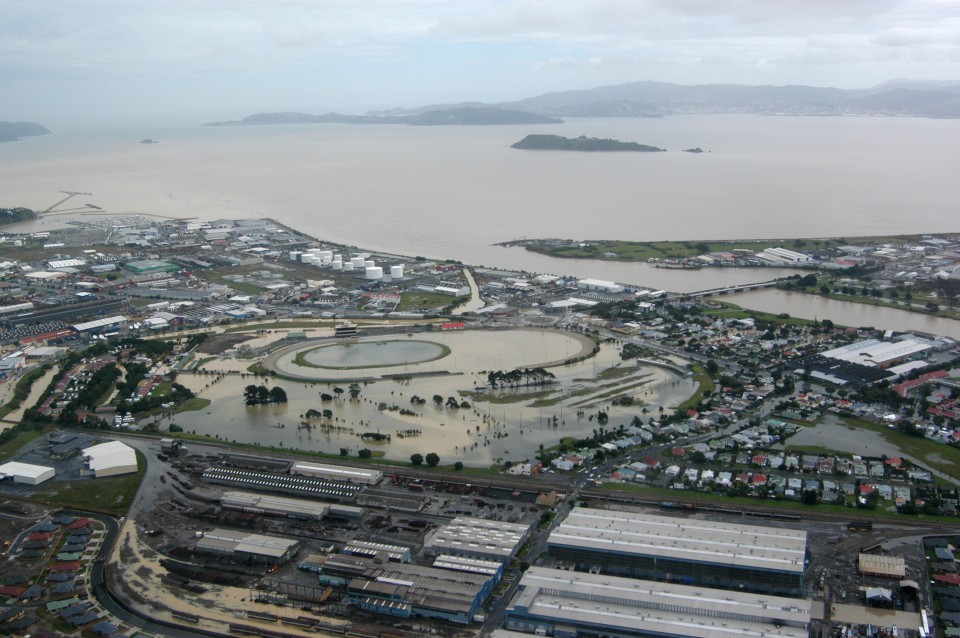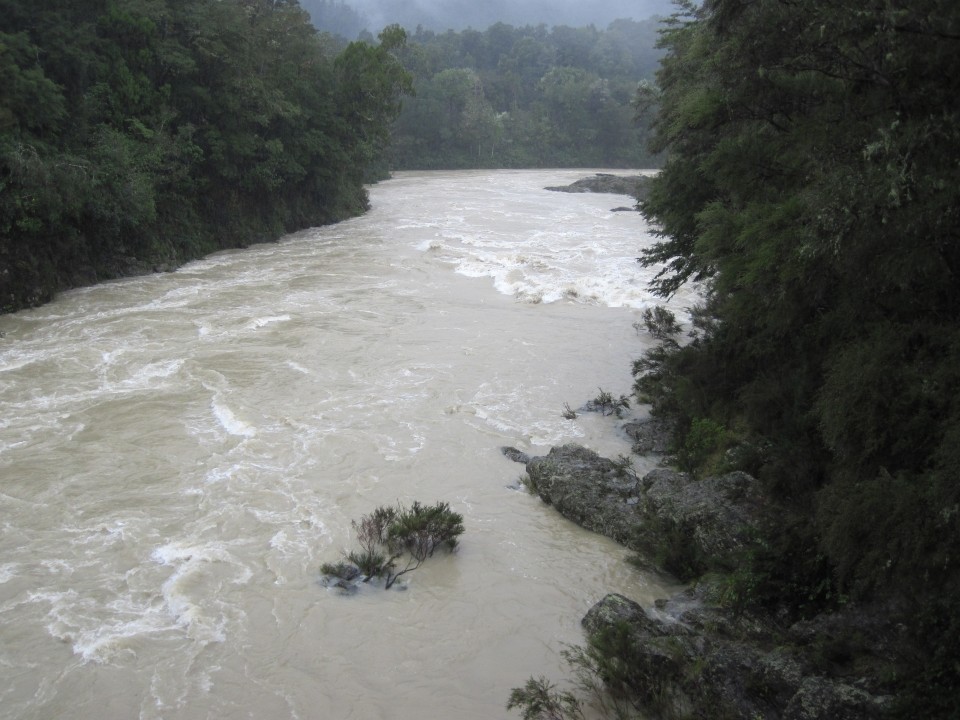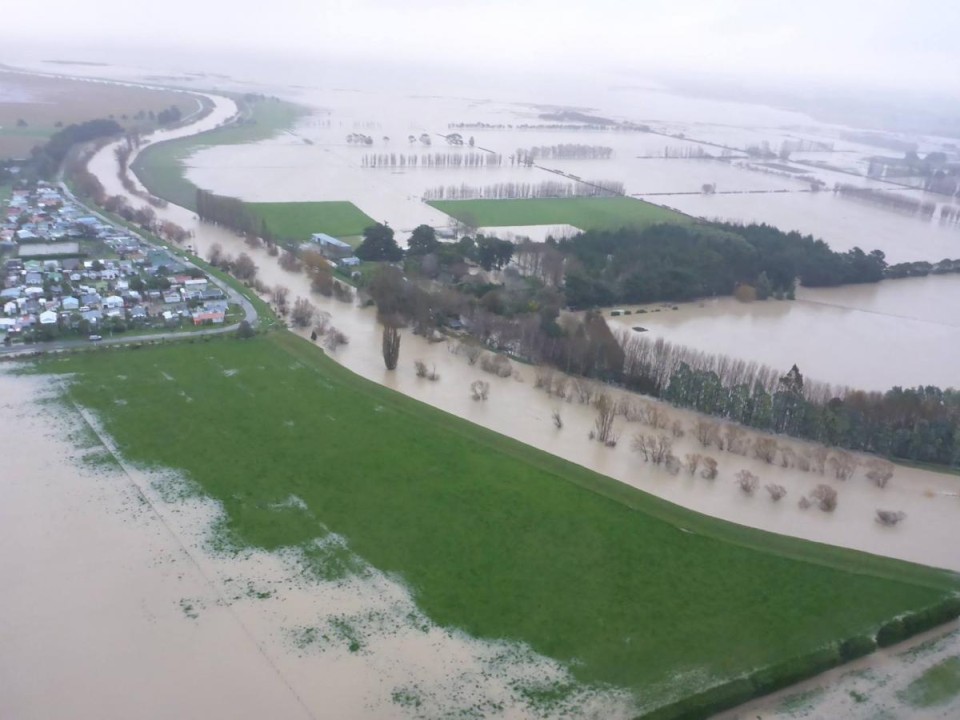You can contact LEARNZ, part of CORE Education, at:
Postal Address:
PO Box 13 678,
Christchurch 8141,
New Zealand

Floods impact more people, more often than any other hazard in Aotearoa New Zealand. They are our most frequent and costly natural hazard, and as a result they hold the spot for the most declared civil defence emergency.
Floods can cause injury and loss of life to people and animals. Floodwaters are unpredictable and dangerous. They can sweep you off your feet and move vehicles and other debris around, that could hit a person or animal causing serious injury or worse.
Floods can damage buildings, land and infrastructure, including roads, bridges, power lines and phone lines. Crops can be flooded and livestock drowned.
Floodwaters are often very dirty. They can carry things like sewage or chemicals that can make people and animals very sick. They can also contaminate the land and objects they come into contact with.
After a major flood there will be a lot of damage and contamination to clean up. It may take months or years to recover.

Floods are usually caused by heavy or long periods of rainfall but can also occur due to landslides triggered by heavy rainfall or earthquakes, failure of dams, high sea levels at river mouths, coastal storm inundation and tsunami.
A flood is when water covers land that’s usually dry. For example, when a river spills over on to the land around it. A flood might only cover your toes, or it could go over your house.
There are three main types of flooding:
In heavy rain, floods can happen fast – these are known as flash floods. Other times flooding might take a while to happen. It can even happen after rain has stopped.

Storm surges are produced when high winds push water onshore. They can cause beach erosion and threaten life and property. Storm surges can happen at large lakes, but are most common at the coast, where severe weather can cause extreme tides. With climate change and expected sea level rise storm surges are likely to cause more damage in the future.
Complete the Floods Ngā waipuke quiz >
Discover more about floods and preparing for floods >